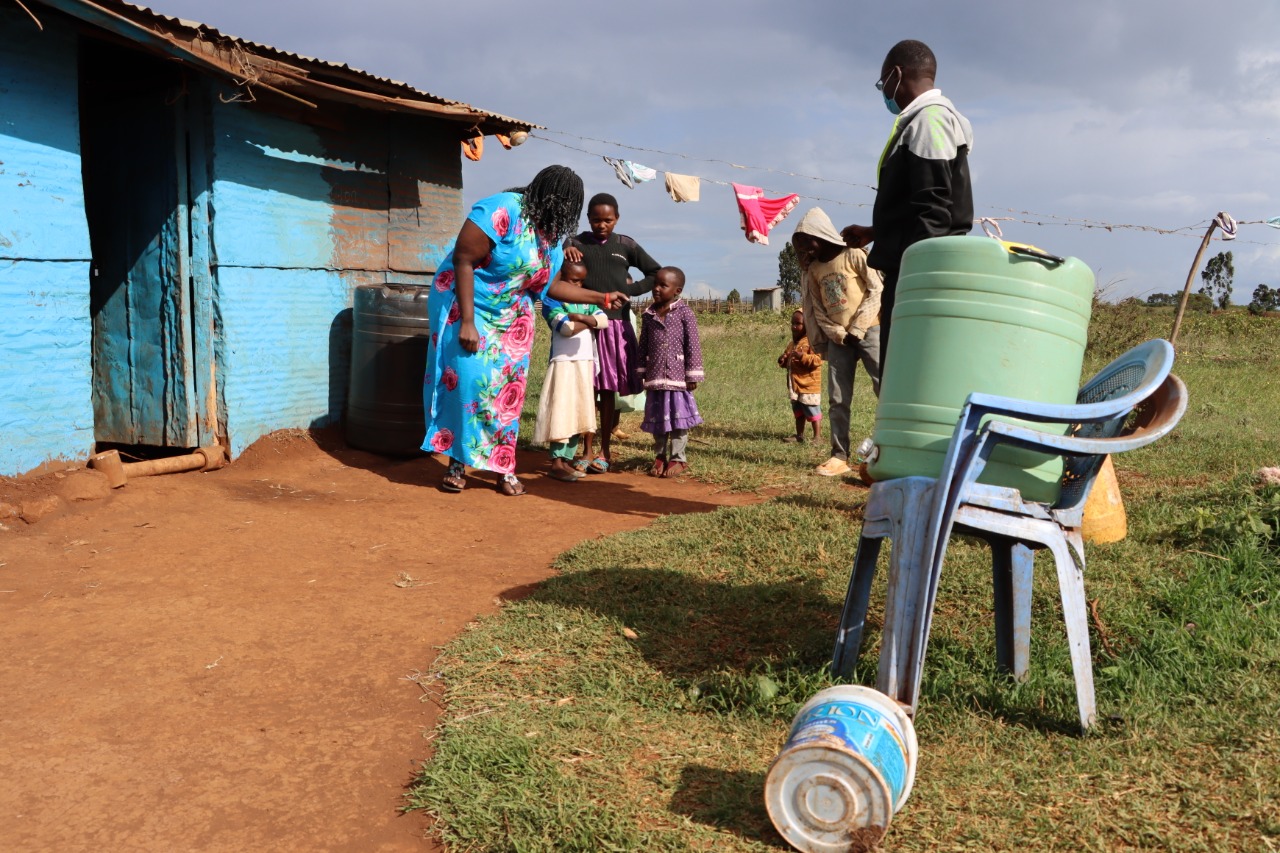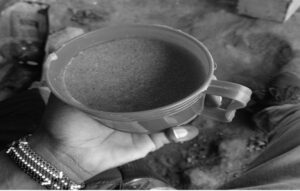Introduction
Water is a fundamental resource for life, yet it remains a scarce commodity in many parts of the world. The conservation of water is not only a necessity for sustaining the environment but also for ensuring a sustainable future for generations to come. Instilling water conservation habits in children, especially school-going pupils, is an effective way to foster lifelong responsibility towards sustainable water use. Schools serve as critical learning environments where children can develop a culture of conservation through practical, hands-on experiences.
Perspectives on Water Conservation
Global Perspective
Water scarcity is a growing global concern, affecting over 2 billion people who lack access to safe drinking water. Climate change, population growth, and mismanagement of water resources exacerbate the crisis. International organizations such as the United Nations, through Sustainable Development Goal 6 (SDG 6), emphasize clean water and sanitation for all, urging nations to implement conservation measures. Schools worldwide are increasingly incorporating water conservation practices in their curricula to raise awareness among students.
Regional Perspective (Africa/East Africa)
Africa faces significant water challenges, with prolonged droughts and inadequate infrastructure contributing to water shortages. In East Africa, rapid urbanization and climate change have intensified water stress. Governments and organizations are promoting water harvesting, efficient irrigation, and school-based conservation initiatives. In countries like Kenya, Uganda, and Tanzania, programs like rainwater harvesting and tree planting in schools help mitigate water scarcity while educating children on the importance of conservation.
National Perspective (Kenya)
Kenya experiences frequent droughts, leading to water rationing in urban and rural areas alike. The government, through the Ministry of Water, Sanitation, and Irrigation, has implemented policies encouraging water conservation. Schools are encouraged to install rainwater harvesting systems and practice efficient water use. Conservation campaigns like “Catch Every Drop” emphasize the importance of responsible water use among school-going children.
County Perspective (Homa Bay)
Homabay County, located near Lake Victoria, faces both water abundance and scarcity. While
the lake provides a natural water source, access to clean and safe drinking water remains a challenge due to pollution and inadequate treatment facilities. Many schools struggle with water shortages, making water conservation education crucial. Local initiatives, including tree planting and rainwater harvesting, are being introduced to instill sustainable habits among pupils.
Water Conservation Practices for Pupils
To ensure a sustainable future, pupils must be equipped with practical water conservation skills.
Some key strategies include:
- Turning water taps off – Encouraging pupils to turn water taps offs when not in use, such as while brushing their teeth ,can save significant amounts of water.
- Reusing Water – Schools can promote the reuse of water for activities like watering plants and cleaning floors.
- Rainwater Harvesting – Installing simple rainwater collection systems in schools can provide a valuable water source.
- Leak Detection and Repair – Teaching pupils to report leaks and faulty plumbing ensures water is not wasted.
- Tree Planting and Soil Conservation – Growing trees and using mulching techniques help retain soil moisture and reduce water evaporation.
- Water-Saving Campaigns – Organizing awareness campaigns and water conservation clubs in schools can engage pupils in active conservation efforts.
TajiZuri’s Role in Promoting Education on Water Conservation
TajiZuri is a non-profit organization dedicated to improving education, health, and community well-being through innovative, human-centered programs. Recognizing the link between water conservation and education, TajiZuri implements several initiatives to enhance learning and sustainability in hard-to-reach rural parts of Kenya, including Homabay County.
TajiZuri’s Efforts in Water Conservation and Education
- Tree planting – TajZuri as a society has provided free seedlings to primary schools to plant so as to act as rain catchment in the area.
- Training and Awareness – TajiZuri conducts session for pupils on efficient water use and hygiene practices.
- Interactive Learning – Through environmental clubs and educational materials, pupils engage in activities that promote sustainable water practices.
- Community Empowerment – By equipping caregivers and teachers with life skills and economic knowledge, TajiZuri fosters a holistic approach to improving education, health, and well-being.
- Advocacy and Partnerships – TajiZuri collaborates with local primary schools to champion policies that support water conservation.
Conclusion
Water conservation is a collective responsibility that starts with the younger generation. By teaching pupils sustainable water use practices, we prepare them to be stewards of the environment. Schools play a vital role in reinforcing conservation habits, and organizations like TajiZuri contribute significantly by supporting education, health, and sustainable practices at the community level. Through strategic initiatives and community involvement, we can ensure a future where water resources are preserved, benefiting both current and future generations.
Article Written by
Awino Victor
Program officer.




